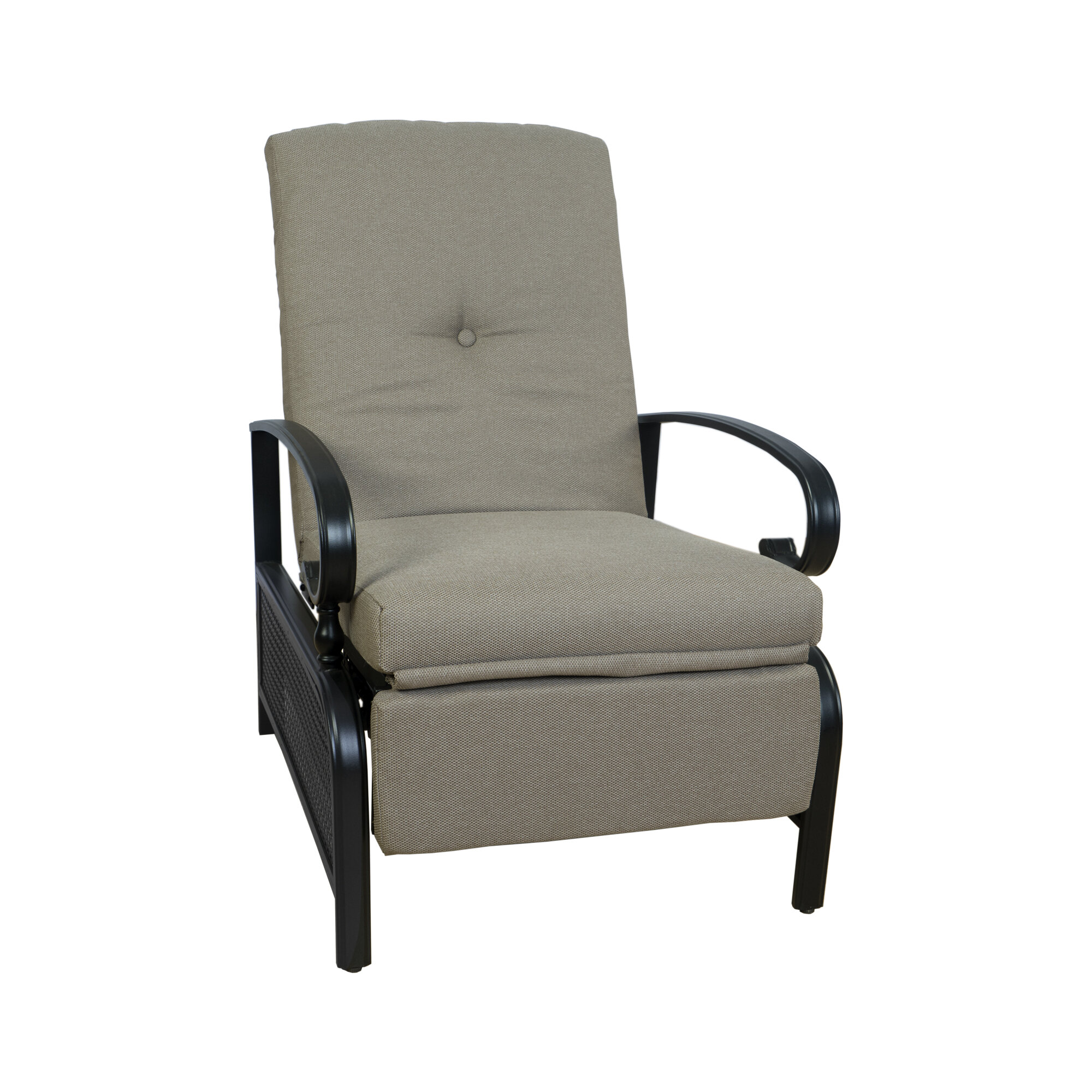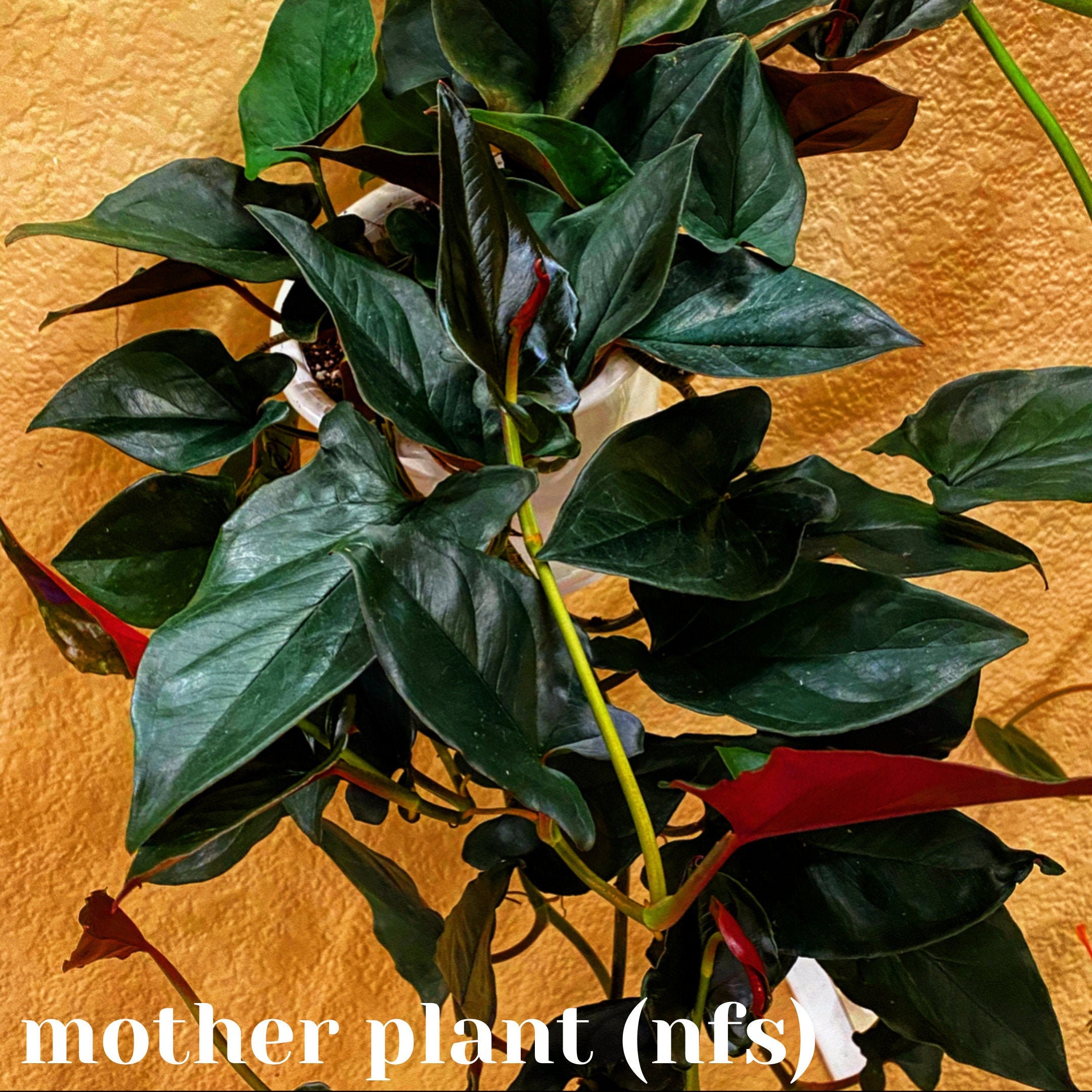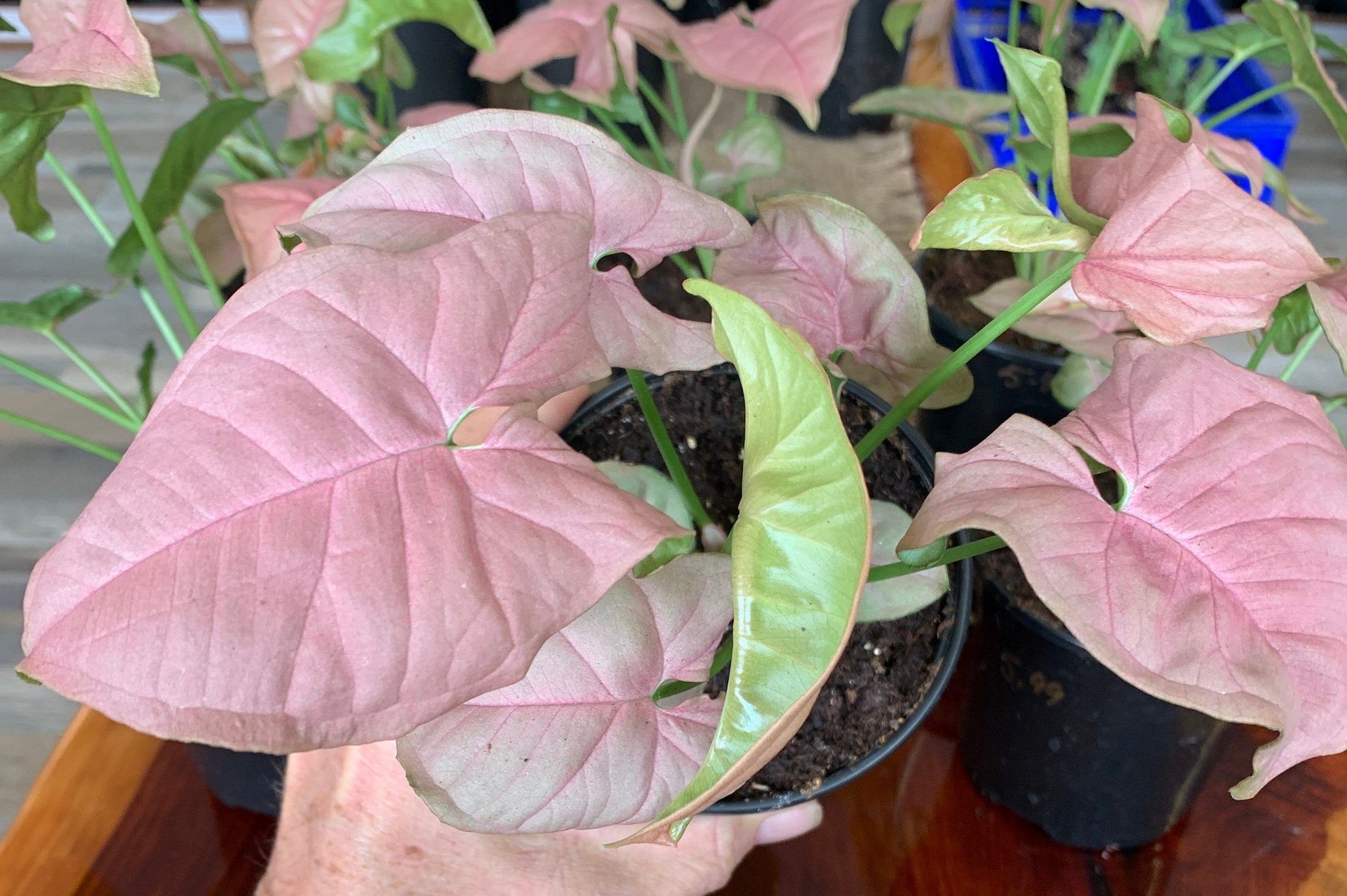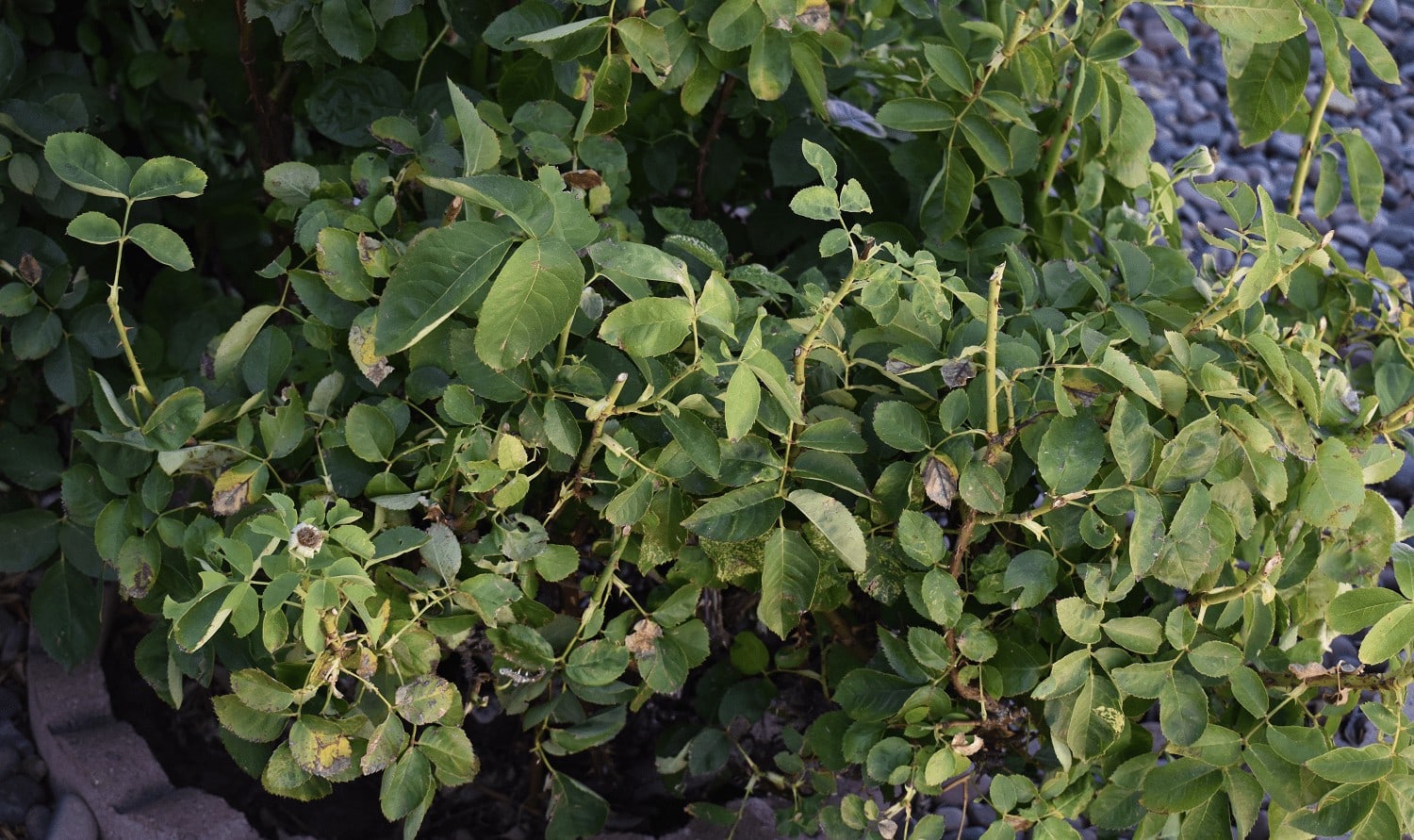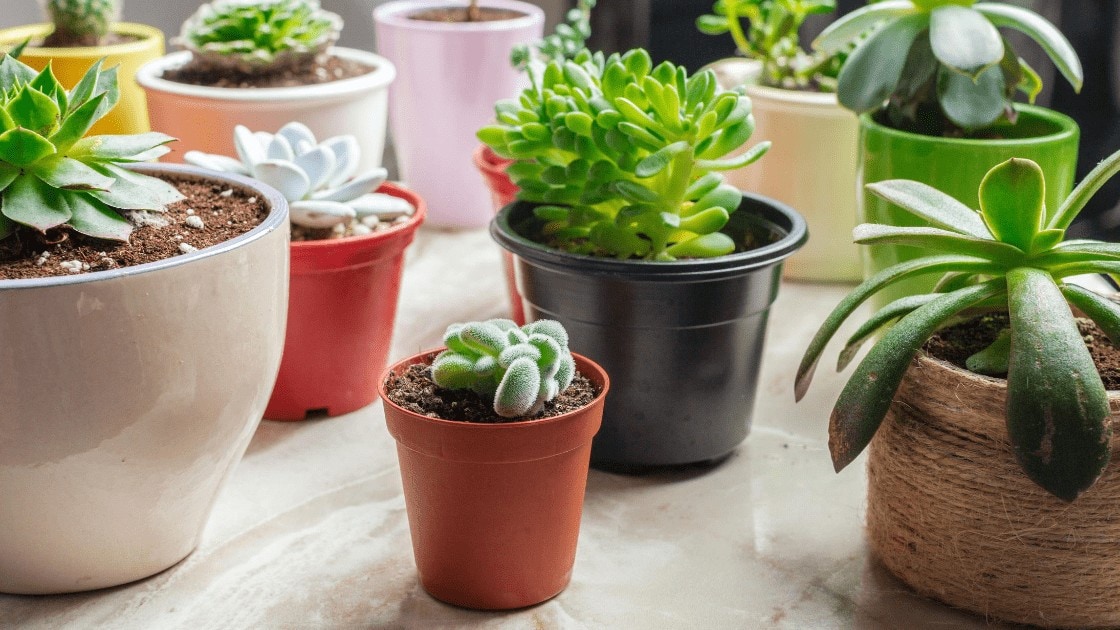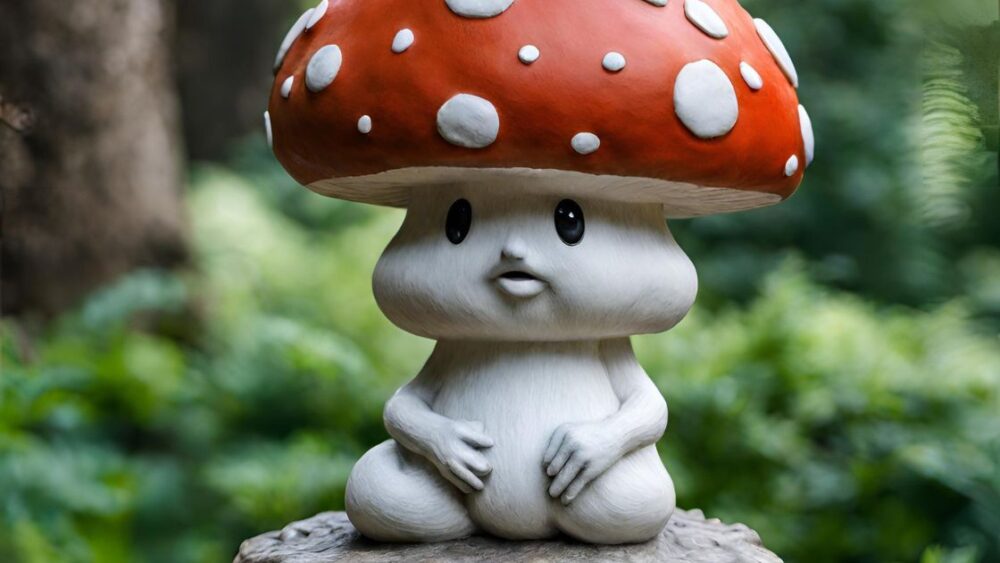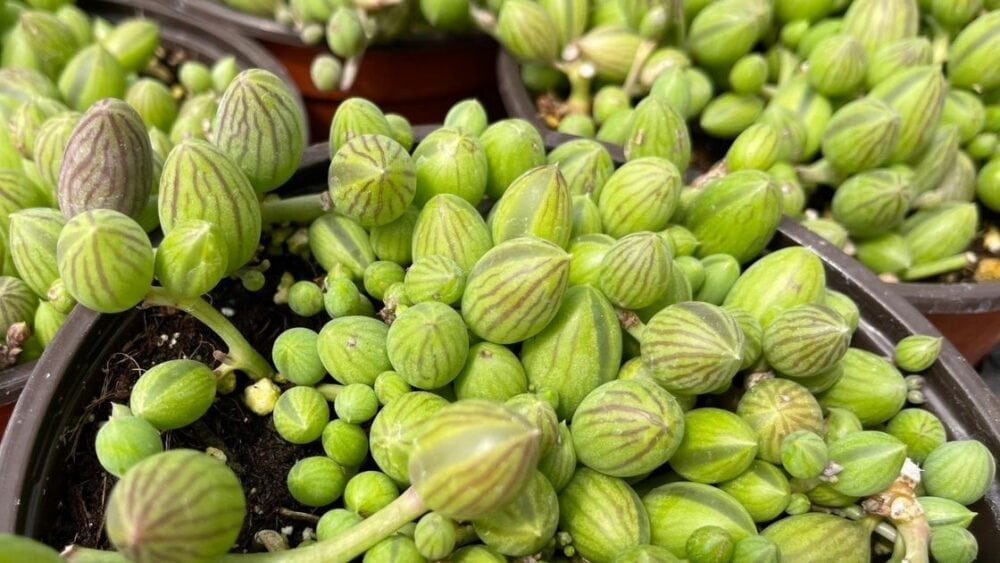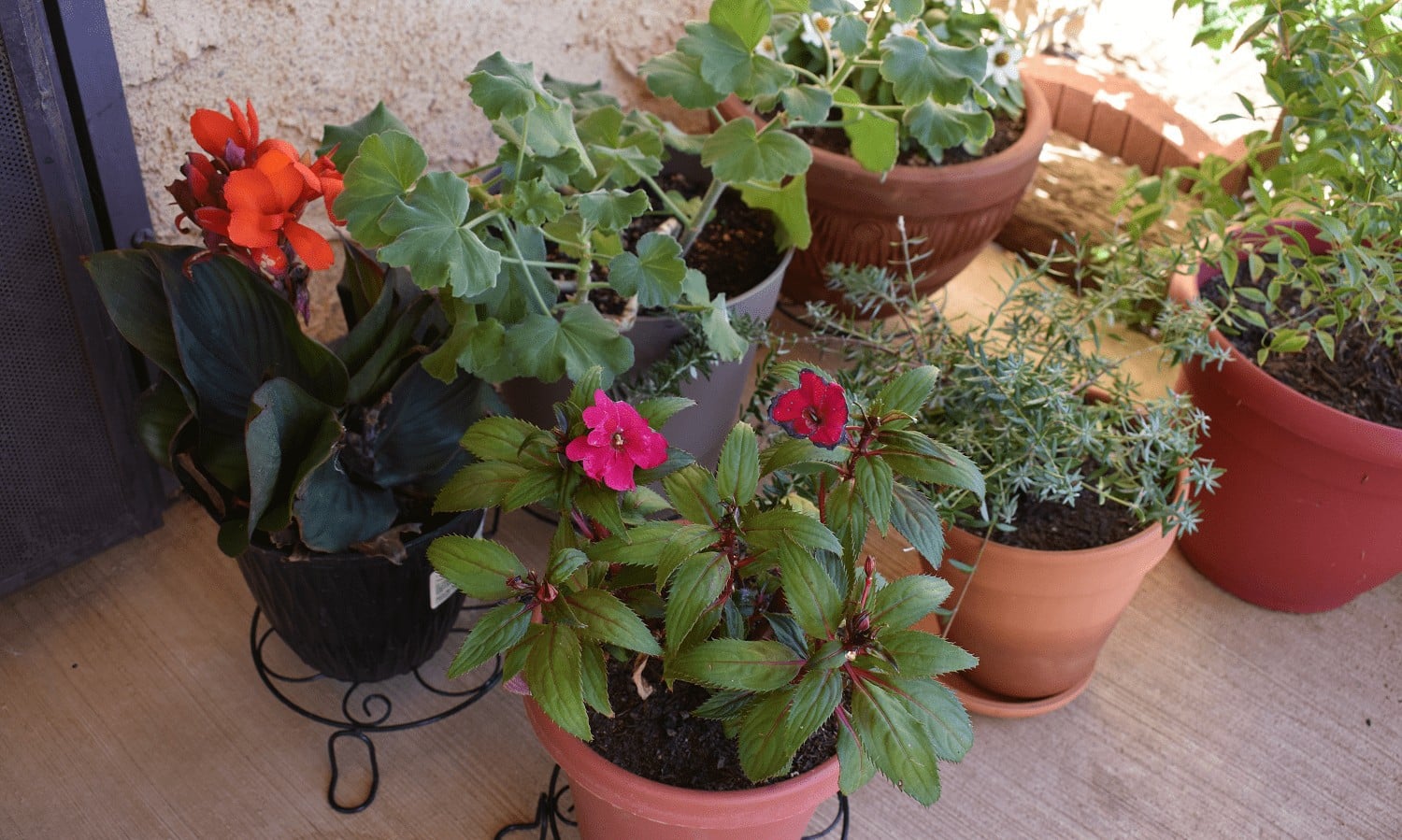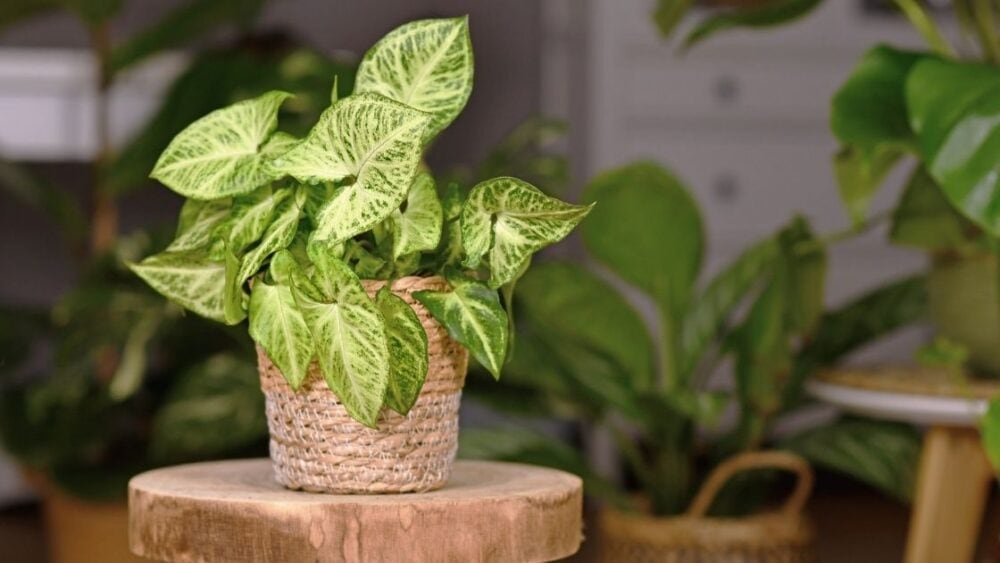
Since it’s impractical to raise the humidity of your whole living room in order to create a better environment for this plant, most people rely on misting instead. Misting arrowhead plants quickly leads to faster, healthier growth and larger, more colorful leaves. Although traditional watering is needed, arrowhead plants thrive in high humidity.
Arrowhead plants (Syngonium podophyllum) are tropical vines and have moderate to high humidity requirements. In their natural habitat, they are found in humid forests and wetlands, usually climbing around trees. Environments with low air humidity are not great for this plant and can quickly lead to browning, spotting and wilting of the leaves. Low air humidity will also reduce the maximum size of each leaf, due to water transport constraints inside the plant.
When and How Often Should I Water My Arrowhead Plant?
Although this is a tropical plant, it still requires a drought period between each watering in order for the root system to remain healthy. Watering more frequently is not a replacement for misting and cannot compensate for low indoor humidity.
Browse our Affiliate Products
In fact, the opposite is often the case – watering too frequently can displace most of the oxygen in the soil, making the plant even more sensitive to low air humidity.
The best time to water arrowhead plants is 2-3 days after the top layer of the soil dries up. A more accurate tell is the weight of the pot, which you can feel by lifting it – pots can become up to 3 times lighter when the plant requires watering.
What Happens If You Overwater Arrowhead Plants?
Arrowhead plants are not as sensitive to overwatering as most other houseplants. That’s because they are considered wetland plants – they are used to living in soggy, compacted soil.
However, overwatering still puts a strain on the root system of the plant by displacing most of the oxygen in the soil. As a result, the roots experience an energy deficiency and can’t transport water as efficiently. Paradoxical wilting occurs, and the more you water the worse it gets.
One of the quickest ways to harm this plant is to water it too frequently in an attempt to solve what may look like water-deficiency symptoms – wilting, leaf spots and discoloration. Those are usually symptoms of low air humidity, which cannot be resolved by watering more – in fact, watering excessively usually makes the problem worse.
Instead, stop watering and let the soil dry up a bit, while misting the plant several times a day. You’ll be surprised at how much better it will look after only a week or two of implementing this strategy.
When Should I Mist My Arrowhead Plant?
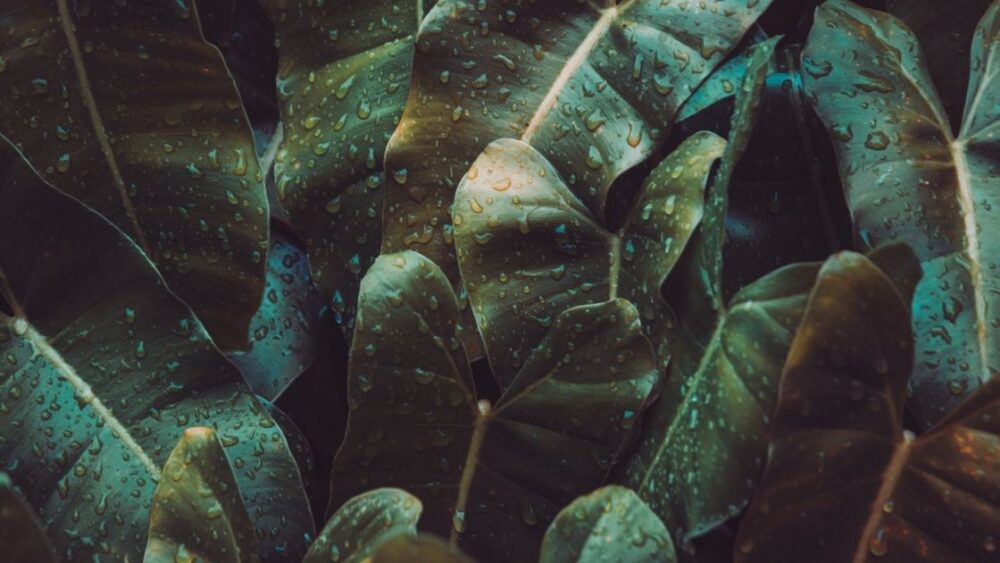
The idea is to mist the plant as much as possible, without:
- Creating constant wetness on the leaves, which can invite various fungal diseases and,
- Spending too much time misting.
Most people like to mist their arrowhead plants once or twice per day. It’s important to not mist again, until all of the water droplets have completely evaporated – if you have a lot of air circulation in your room and live in a dry area, this may happen very quickly, in less than an hour.
Perpetual misting, without letting the plant dry up can create favorable conditions for various pathogenic fungi like Myrothecium. Myrothecium is a type of fungus that affects crowns and stems that leads to rot.
It’s best to mist during the day – misting shortly before the night period will not help with anything, as the plant doesn’t lose much moisture through its leaves in the absence of light anyway.
Is Misting Necessary and What Does It Achieve?
Misting is the easiest way to raise the humidity around the foliage of the arrowhead plant. This enables it to open up its stomata (the tiny breathing openings on the leaves) and photosynthesize well, without losing too much moisture in the process.
Arrowheads come from wetland environments with a constant humidity of around 70%, so they haven’t evolved efficient water conservation and transportation mechanisms. As a result, low air humidity will lead to one of two problems:
- The plant will experience dehydration and permanent leaf spots will develop. Wilting may also occur.
- The plant will close up its leaf openings (stomata) in an attempt to reduce water loss. As an inevitable consequence of this, photosynthesis will be greatly slowed down and the plant won’t be able to take up carbon dioxide from the air.
It will grow slower, become less green and not look as healthy. The maximum size of each new leaf will be reduced in an effort to reduce the distance to which the capillaries have to transport water.
Both of those problems are solved by providing arrowhead plants with higher air humidity of at least 50% and ideally – 60% to 70%. Misting boosts the humidity to almost 100%, which alleviates all of the stress on the plant and lets it perform maximum photosynthesis.
For more information on misting plants, check out this article. Misting Plants – Pros, Cons, and How Does It Work?
Raising The Humidity To Ideal Levels Without Having to Mist
Obviously, misting is not the only way to raise the humidity of the indoor air above 50%. Here are a few other methods, most of which are unfortunately either not as effective or not as easy to implement:
Greenhouses
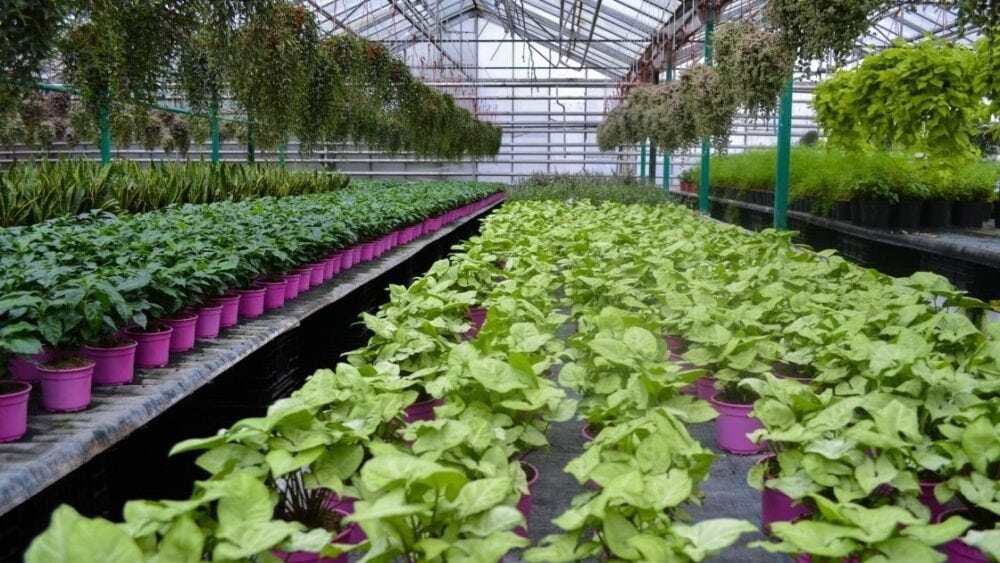
Purchasing a small greenhouse, in which you can arrange all sorts of tropical, humidity-loving houseplants is a great way to create a high-humidity environment. The humidity inside the enclosed space will naturally remain high, because of the water vapor given off by the leaves of the plants themselves. Also check out this article on greenhouses. Why Buy a Greenhouse? Plus 12 Benefits Of Owning One.
Reducing Air Flow
In environments with very still air, the humidity around the leaves of the arrowhead plant will naturally remain high, as no air current will ‘carry’ the water molecules away. Therefore, having fans around will greatly exacerbate the symptoms of low humidity. Even worse are convection heaters situated close to the plant.
Wet Surface Below the Plant
Some gardeners say that placing a tray of water below the plant can be enough to boost the air humidity in the surrounding area. The effectiveness of this method is usually exaggerated and unless the water surface is very large and the air current in the room moves in the proper direction (upwards from the water source), it will not do much.
However, this can be a practical method for very small arrowhead plants. Using some sort of wet fabric wrapped around hanging pots can be another innovative solution, but it can cause problems with the leaves that are in constant contact with the wet surface.
Electric Humidifier
Indoor humidity cannot be constantly kept at the ideal, 60% to 70% range for arrowhead plants, without risking mold issues in your room. However, the humidity created in the immediate vicinity of an electric humidifier is usually much higher that that of the whole room.
Ultrasonic humidifiers can be placed so that the output mist jet reaches the plant. Evaporative (wick) and steam humidifiers have less of a direction in their output, but placing them near the plants can definitely also be a replacement for misting.
Can Misting Completely Replace Watering?
We already know that excessive watering cannot replace misting, but what about the other way around? As it turns out, misting is not a good replacement for watering either – if you let the soil get bone-dry, your arrowhead plants may quickly wilt as soon as you forget to mist them.
There is little reason to want to try using misting as a sole water source for the plant. If you want to try it as an experiment, make sure to mist the underside of the leaves as well – it has a much, much higher capacity to absorb water, compared to the upper side.
Conclusion
Arrowhead plants love higher humidity of around 60%, which is not the typical level in most indoor spaces (30%-50% being the norm). The best way to make the plants thrive in dry indoor air is to mist them daily.
This will promote better growth and the leaves will be more colorful and lusher and the plant will be more healthy in general. The only downside to misting is that it increases the risk of bacterial and fungal diseases – those can be largely prevented by allowing for a completely dry period before each misting. Misting once or twice a day is very safe for arrowhead plants.
